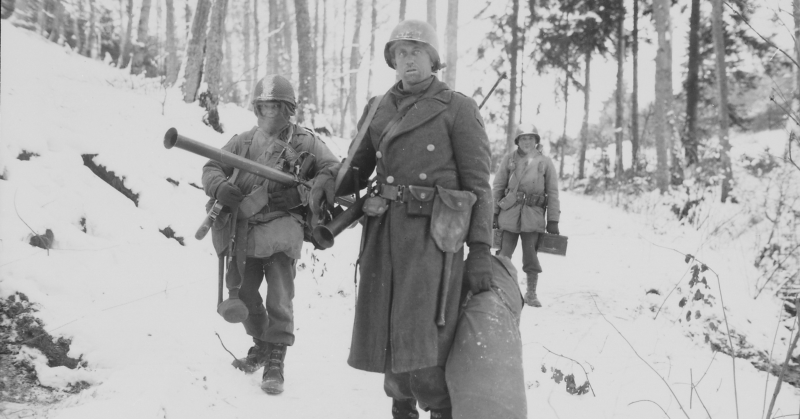On the 16th of December 1944, Germany launched a counter-offensive against Allied forces advancing across Western Europe. Known to history as the Battle of the Bulge, this was the last desperate attempt by a dying power to turn the tide of war.
For the Allied forces facing the German offensive, most of them American, this was also a desperate moment. They came under incredible pressure from the sudden German advance, not least around the Belgian town of St. Vith, where Major Don Boyer led a force of US infantry through days of grueling combat.
A Critical Junction
St. Vith was a small Belgian town near the western end of a valley through the dense Ardennes forest. It wasn’t the sort of place where the Allies expected an attack. Aside from anything else, they considered the Ardennes to be too difficult to make an attack through, despite evidence to the contrary earlier in the war.
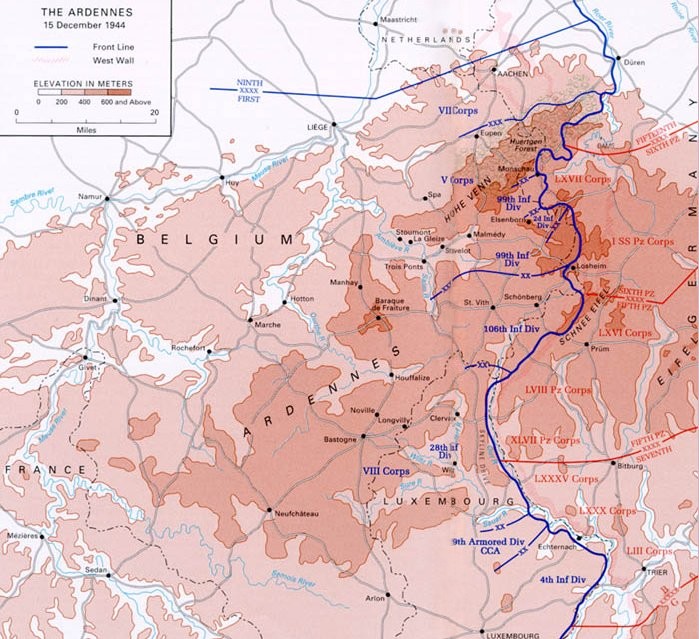
Critically, St. Vith sat at a road junction. The Germans would need to control transport networks if they were to make their offensive a success and St. Vith was important to those networks.
Clinging On
From the moment the Germans launched their offensive, St. Vith came under heavy pressure. German forces tried to encircle the town, while artillery pounded American positions there.
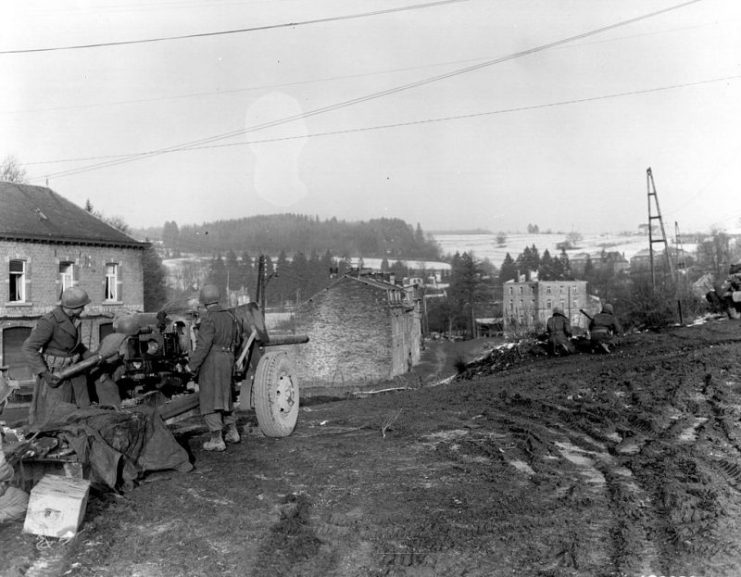
Major Don Boyer was part of General Clarke’s 38th Armored Infantry Battalion. Once the German attack began in earnest, the 38th were pulled back from Ubach in Germany to St. Vith. Fighting against a chaotic tide of Allied traffic, his every movement hampered by retreating soldiers, Boyer reached St. Vith on the 17th.
His arrival was critical, the forces he brought with him bolstering the thin Allied line.
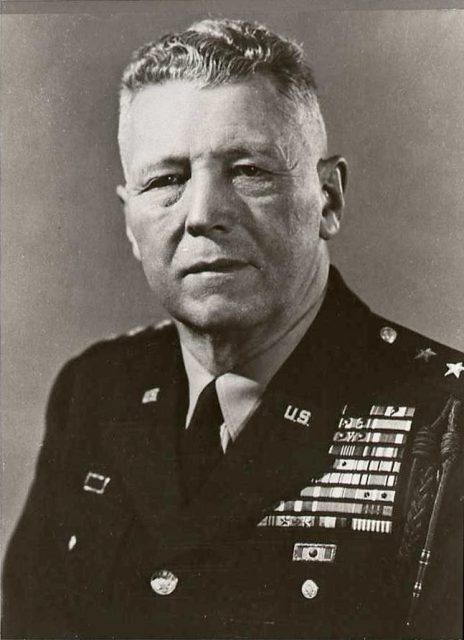
For the next few days, Boyer organized, commanded, and supported his portion of the men taking this vital stand. He could see from early on that they were in a tough spot. The men were hungry, tired, and demoralized, and the Germans were relentless in their determination to take the town.
As a task force commander at St. Vith, Boyer did his best to keep the men’s spirits up. Getting by on little sleep, he roamed the American positions, checking the defenses and the state of the men.
He did his best to stay cheerful and encouraging, even as the winter snow and the enemy artillery wore away at them.
Captain Mattocks, another officer on the scene, called Boyer “the unsung hero of St. Vith” for the work he did over those few days.
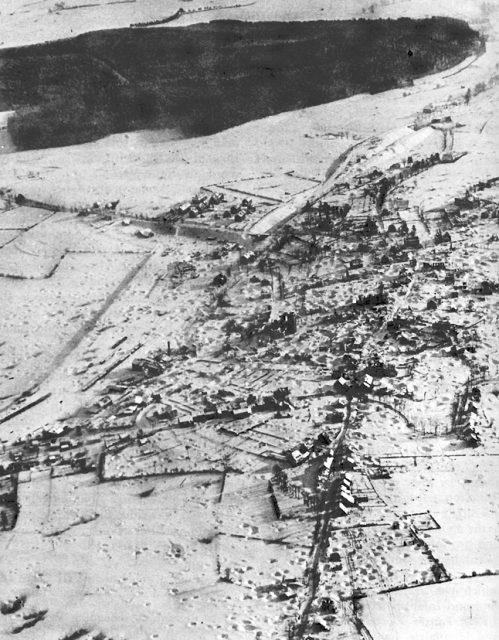
On the 20th of December, the survivors of the 423rd Infantry Regiment came through St. Vith. They brought with them dispiriting news. Two American regiments had surrendered in the German Eiffel, cut off by the enemy advance.
Boyer did the math. Including supporting troops and tank crews, eight to ten thousand American soldiers had just fallen captive. It was a poor omen for St. Vith, one that hit his own morale hard.
The Decisive Day
By the 21st of December, it had become clear to General Clarke that St. Vith was as much a liability as an asset. He wasn’t yet ordering a retreat from the town to which Boyer and others had clung so tenaciously, but the situation was getting desperate.
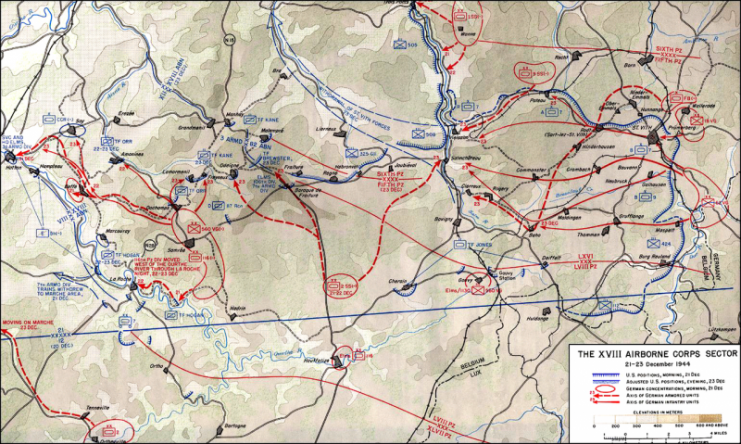
That day, the Germans forced Clarke’s hand. Following an artillery bombardment, they launched a fresh offensive on the town. Units probed at the defenses, looking for any sign of weakness that they could exploit.
Boyer was at the heart of the action, seeing the effect of the attack up close. German grenades came tumbling into the American trenches, killing machine gun teams and clearing the way for German attacks, only for other Americans to race in and man the machine guns.
These ragged infantrymen, their spirits held together in large part by Boyer’s leadership, held up attacks that went on all day.
Night fell, the cold midwinter darkness sweeping across the trenches. Still the attacks came. Boyer watched helplessly as a German tank formation appeared over a ridge and ran straight into a unit of American Sherman tanks.
The Germans fired flare shells, blinding their opponents – a trick they had mastered on the Russian Front. Then they moved in and finished off the American armor.
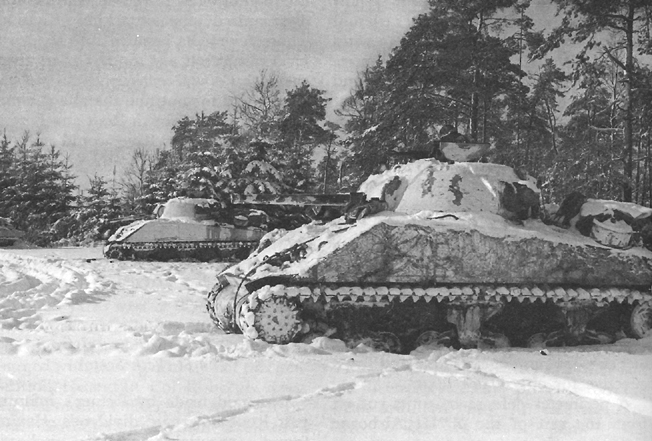
Watching from a snow-filled ditch, equipped with nothing that could tackle the tanks, Boyer waited to be spotted and captured. But the tanks rolled on past him as the offensive continued.
Captured
As the casualties mounted, Boyer turned his focus to protecting his men. He ordered them not to rush forward to retake lost machine gun positions anymore. They couldn’t afford to take the chance against such overwhelming odds.
At eight in the evening, he received fresh orders from General Clarke. The general was shortening his line, forming a new defensive position a thousand yards west of the town.
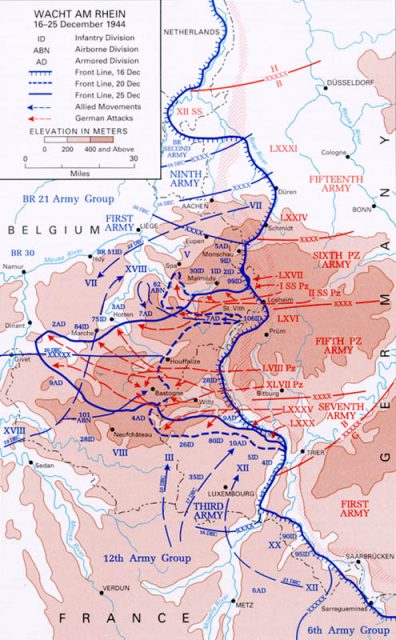
Boyer ran from foxhole to foxhole, telling his men the plan. They would save what vehicles they could and fight their way west to join the new line.
American forces started retreating along the roads they had been fighting to control, leaving behind heaps of food and ammunition. The Germans swarmed into the town, only to find themselves caught in a bottleneck, unable to effectively pursue their defeated opponents.
Read another story from us: How Germany Prepared for the Battle of the Bulge
Despite this, Boyer and his men became cut off. Reaching a road out of town, they found it full of German traffic. Boyer decided to hide out until it was safe to cross and so led his men towards a stone wall on a hillside.
But as they were moving, one of the men dislodged a stone. The Germans heard them and threatened to mortar their position unless they surrendered.
Boyer stood, hands raised, and his men followed. They had fought hard to defend St. Vith, but in the end, the odds were stacked too much against them. The least he could do now was to save the survivors’ lives.
